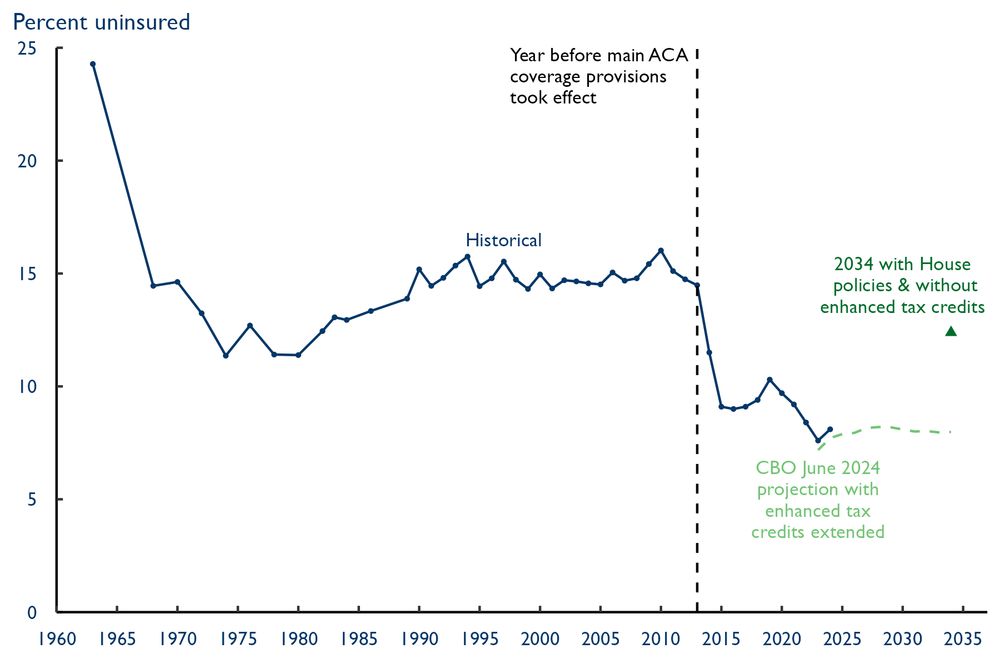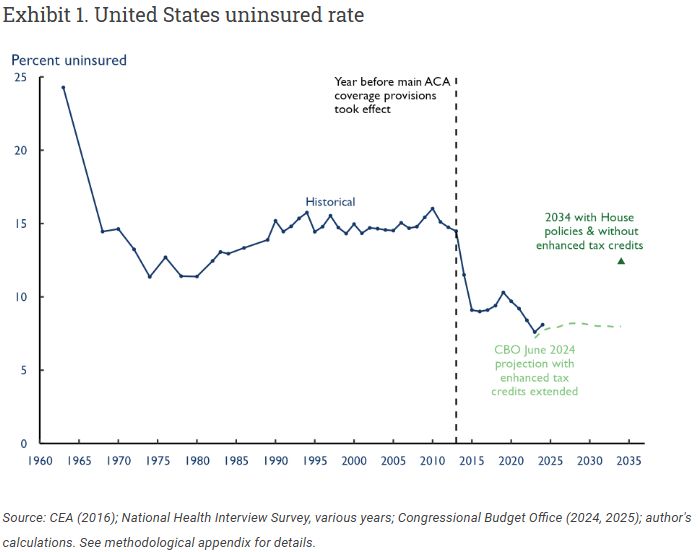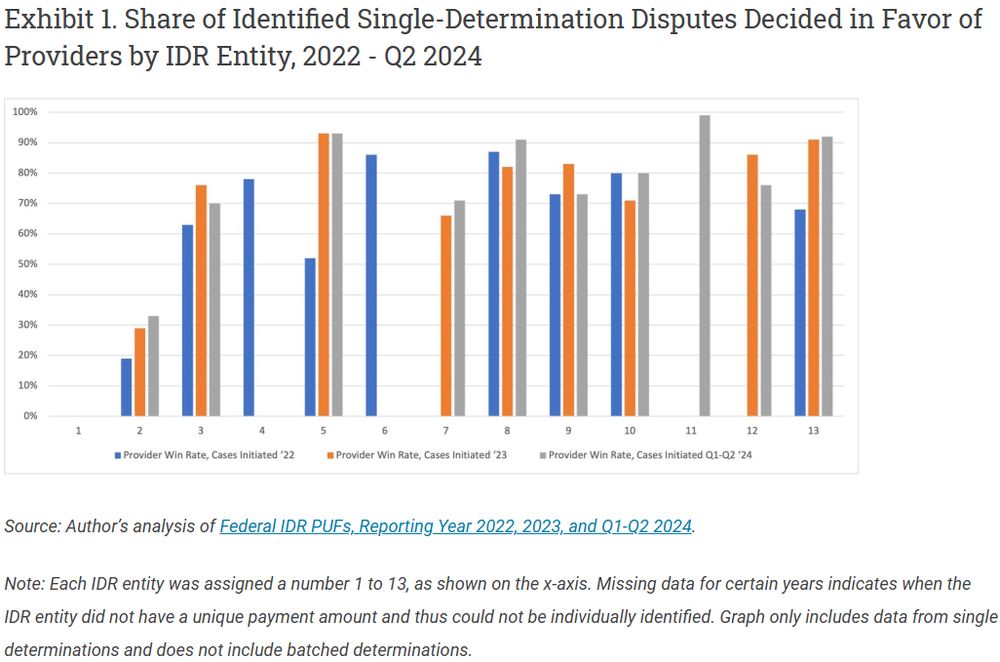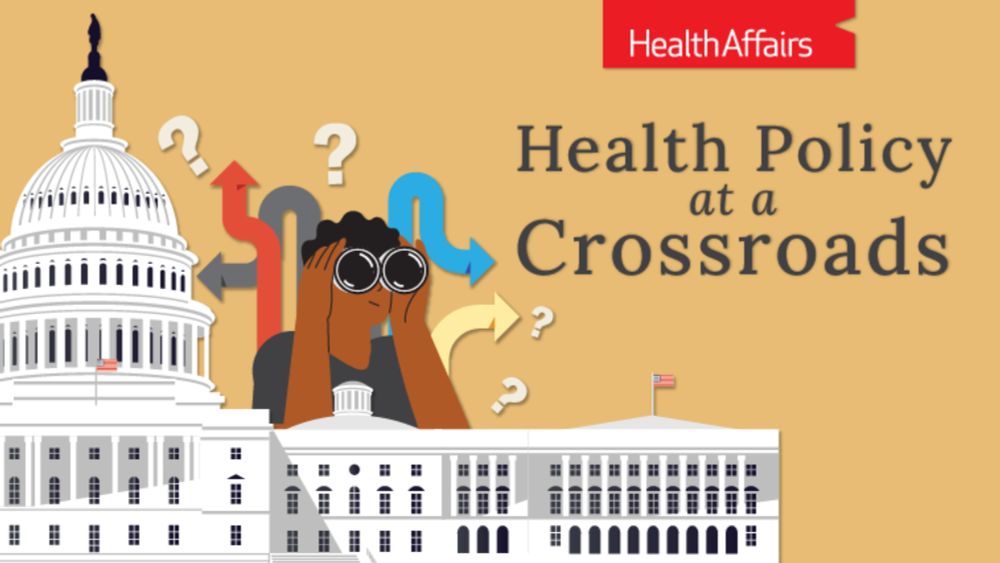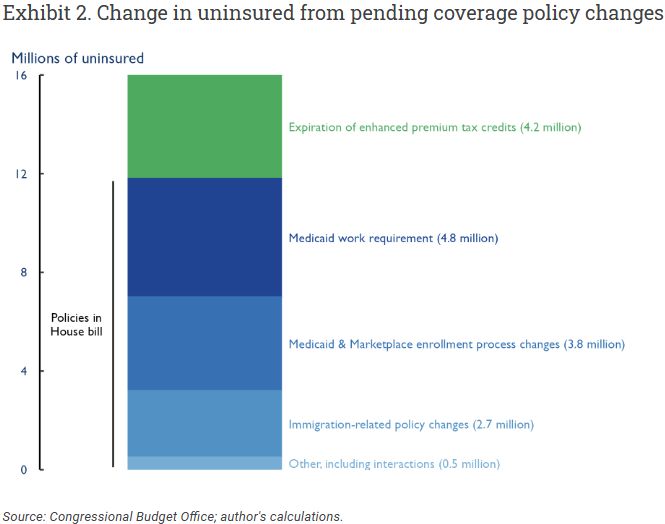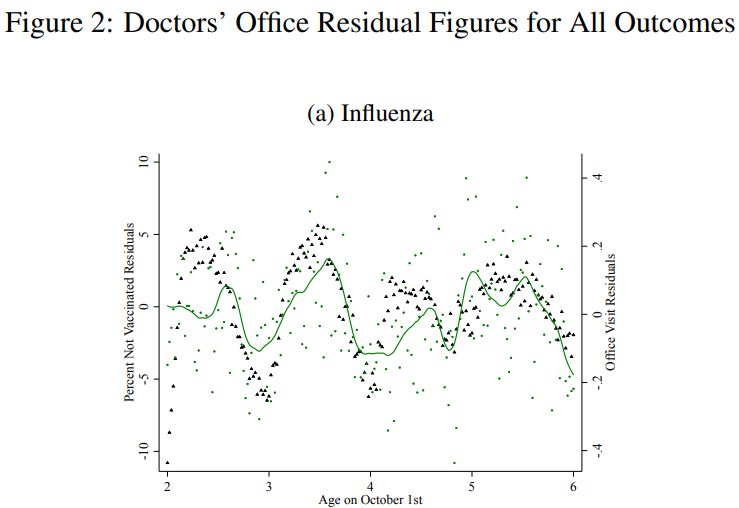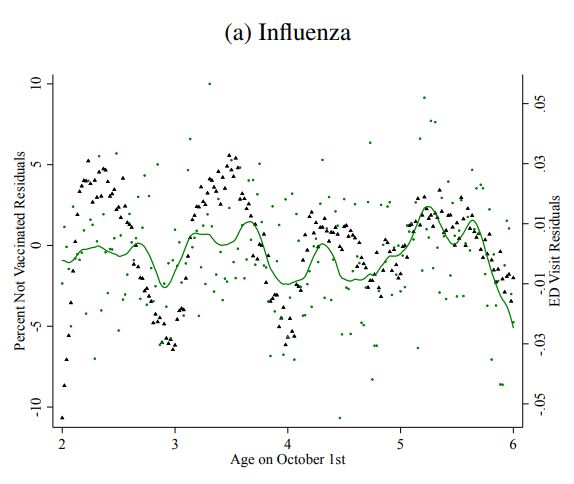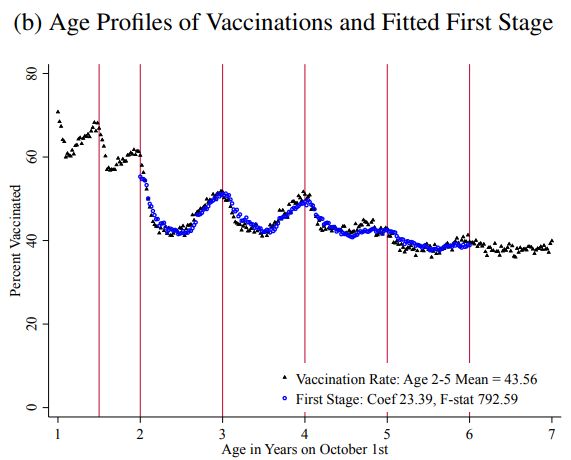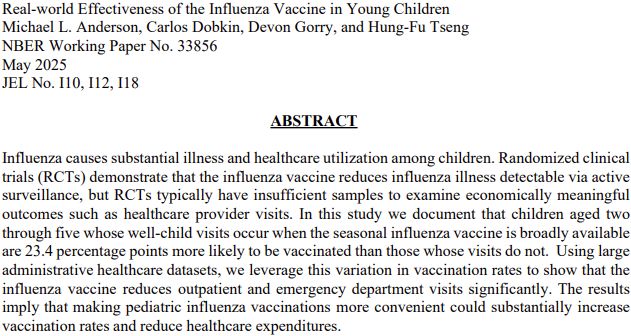Matt Fiedler
@mattafiedler.bsky.social
2K followers
56 following
80 posts
Senior Fellow, Center on Health Policy, The Brookings Institution. Former Chief Economist for Council of Economic Advisers.
Posts
Media
Videos
Starter Packs
Matt Fiedler
@mattafiedler.bsky.social
· Jun 25
Reposted by Matt Fiedler
Matt Fiedler
@mattafiedler.bsky.social
· Jun 10
Matt Fiedler
@mattafiedler.bsky.social
· May 27
Matt Fiedler
@mattafiedler.bsky.social
· May 23
Matt Fiedler
@mattafiedler.bsky.social
· May 23
Matt Fiedler
@mattafiedler.bsky.social
· May 23
Matt Fiedler
@mattafiedler.bsky.social
· May 23
Matt Fiedler
@mattafiedler.bsky.social
· May 23
Matt Fiedler
@mattafiedler.bsky.social
· May 23
Matt Fiedler
@mattafiedler.bsky.social
· May 23
Matt Fiedler
@mattafiedler.bsky.social
· May 23
